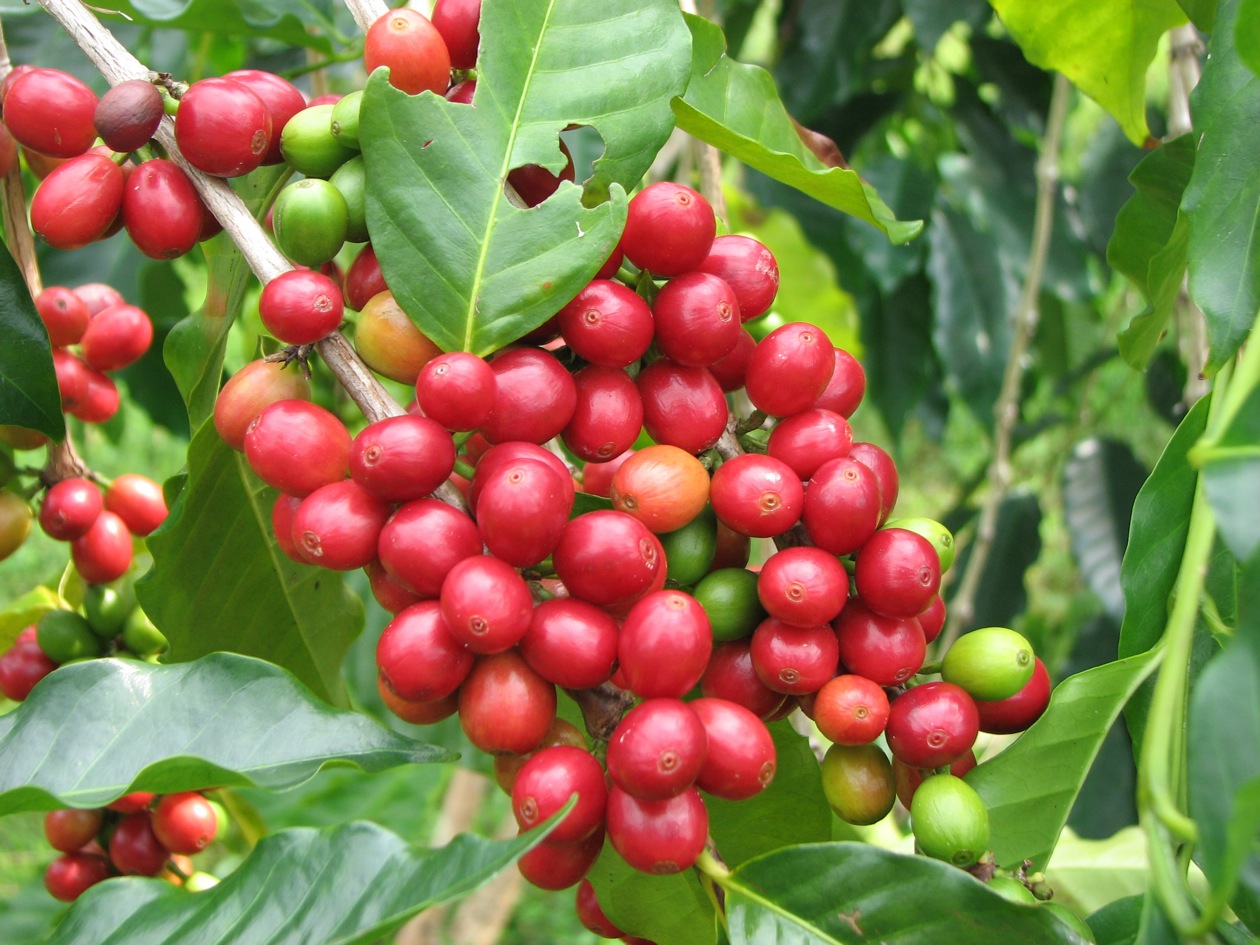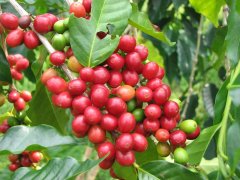Nicaragua Coffee Bean Flavor Characteristics Nicaragua Coffee Boutique Estate History
For professional baristas, please follow the coffee workshop (Wechat official account cafe_style)
Some people say: were it not for the hurricane and the turbulent political situation, Nicaragua's coffee achievements would have been more than that.
But there are also people who are rehabilitated: it is the influence of altitude or soil that creates a unique "Nicaraguan flavor."
Of course, this "Nicaraguan flavor" is not acceptable to everyone.
What on earth is "Nicaraguan flavor"? What are its characteristics?
Why do you like those who like them and dislike those who hate them?
What is the special tonality that makes it so different from coffee in other Central American countries?
Like a dancer dancing in a roundabout way, the darkness covers her body and erodes her face
Her life background is mysterious, the smell is special, flickering, like a mystery.
If you are also curious, then invite you to read the charming Nicaraguan coffee.
A brief history of coffee in Nicaragua:
From 1840 to 1940, it was the "coffee craze" (Coffee Boom) in Nicaragua.
Coffee began to become a major export crop in Nicaragua, which was vigorously promoted by the government.
Foreign companies can easily invest or acquire land, leading to the birth of large manors.
After that, the autocratic ruler Somoza established the coffee cooperative (1936-1979).
But it was soon overthrown by the Sanding National Liberation Front (Sandinistas).
When Nepal entered communist rule in 1979, the coffee trade became very difficult.
The CIA began to support the rebels (Contras) in an attempt to overthrow the New deal in order to gain greater benefits
They did not hesitate to attack coffee workers' vehicles, sabotage processing plants and create unrest.
This is another big blow to Nepalese coffee. Nevertheless, coffee is still the country's most important export cash crop.
After the 20th century, coffee prices plummeted (1999-2003), hurricanes and millennium droughts
Today, there are about 40,000 coffee farmers in Nepal. Due to the shortage of funds for chemical fertilizers, most coffee trees are grown organically.
Coffee farmers began to focus on quality and production and marketing experience.
("production and marketing resume" means that coffee can be traced back to a single manor, or a common cooperative formed by producers. )
Nigeria's coffee industry is showing signs of a gradual revival.
Nicaraguan Coffee Mini File:
The main variety is Arabica, in which Kaddura, Bourbon, Pacamara and Elephant beans all have good quality.
The treatment method is more washing, and part of it is half-sun.
Nepal is the 13th largest coffee producer in the world.

Nicaraguan altitude rating:
Strictly High Grown (Ultra High altitude) (SHG): 1500mm 2000m
High Grown (High altitude) (HG): 1300 to 1500m
Medium Grown (medium altitude) (MG): 1000-1300m
Low Grown (low altitude) (LG): 500 '1000m
Nicaraguan coffee features:
Because of the lower altitude, and the influence of the wind and soil
Unlike the bright acidity rising in China and the United States, Nepalese coffee has a stuffy aroma.
The flavor is mostly complex, soft, with creamy, chocolate, fruit and almond flavors.
There are three stable quality producing areas near Honduras in the north:
Nuyevasaigovia (Nueva Segovia), Ginotica (Jinotega) and Matagapa (Matagalpa)
About 700 to 1700 meters above sea level, coffee beans are of strong shape.
The taste is particularly dull, with aromas of chocolate, caramel and almonds, with a typical Nicaraguan flavor
These beans have gradually attracted the attention of the international boutique community.
Important Notice :
前街咖啡 FrontStreet Coffee has moved to new addredd:
FrontStreet Coffee Address: 315,Donghua East Road,GuangZhou
Tel:020 38364473
- Prev

Introduction to the Flavor of Nicaraguan Coffee in five Major Coffee producing areas
Communication of professional baristas Please pay attention to Coffee Workshop (Wechat official account cafe_style) Nicaraguan coffee is mainly produced in the central and northern parts of Nicaragua, covered with volcanic ash and shaded by trees, resulting in high-quality Nicaraguan coffee, which has a mediocre, mild flavor and is suitable for mixed coffee. Shade planting is its characteristic, while coffee beans are washed and dried in the sun.
- Next

The most famous producing area of Panamanian coffee describes the flavor and taste of Panamanian coffee.
Exchange of professional baristas Please pay attention to the coffee workshop (Wechat official account cafe_style) Panama coffee flavor and texture is medium and uniform, quite similar to the Blue Mountain temperament. Panamanian coffee is very smooth, full grains, light weight, and perfect acidity balance, its high-quality coffee beans flavor is pure, very characteristic, it is recommended to adopt moderate roasting. Most of the Panamanian coffee belongs to medium and low prices.
Related
- Detailed explanation of Jadeite planting Land in Panamanian Jadeite Manor introduction to the grading system of Jadeite competitive bidding, Red bid, Green bid and Rose Summer
- Story of Coffee planting in Brenka region of Costa Rica Stonehenge Manor anaerobic heavy honey treatment of flavor mouth
- What's on the barrel of Blue Mountain Coffee beans?
- Can American coffee also pull flowers? How to use hot American style to pull out a good-looking pattern?
- Can you make a cold extract with coffee beans? What is the right proportion for cold-extracted coffee formula?
- Indonesian PWN Gold Mandrine Coffee Origin Features Flavor How to Chong? Mandolin coffee is American.
- A brief introduction to the flavor characteristics of Brazilian yellow bourbon coffee beans
- What is the effect of different water quality on the flavor of cold-extracted coffee? What kind of water is best for brewing coffee?
- Why do you think of Rose Summer whenever you mention Panamanian coffee?
- Introduction to the characteristics of authentic blue mountain coffee bean producing areas? What is the CIB Coffee Authority in Jamaica?

